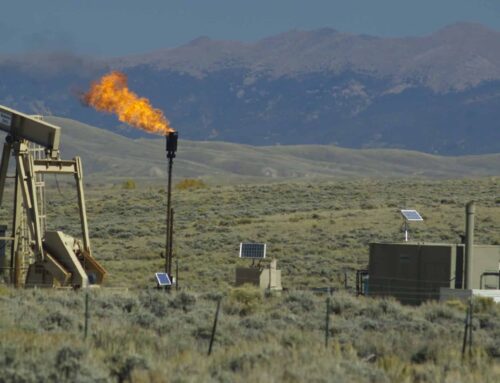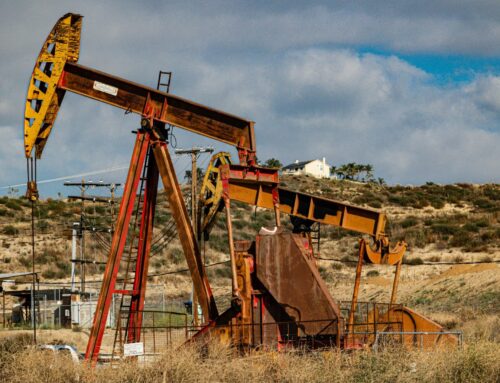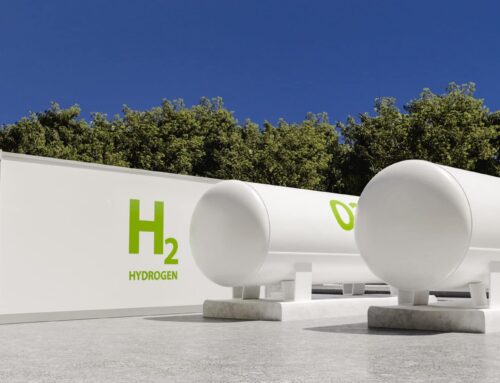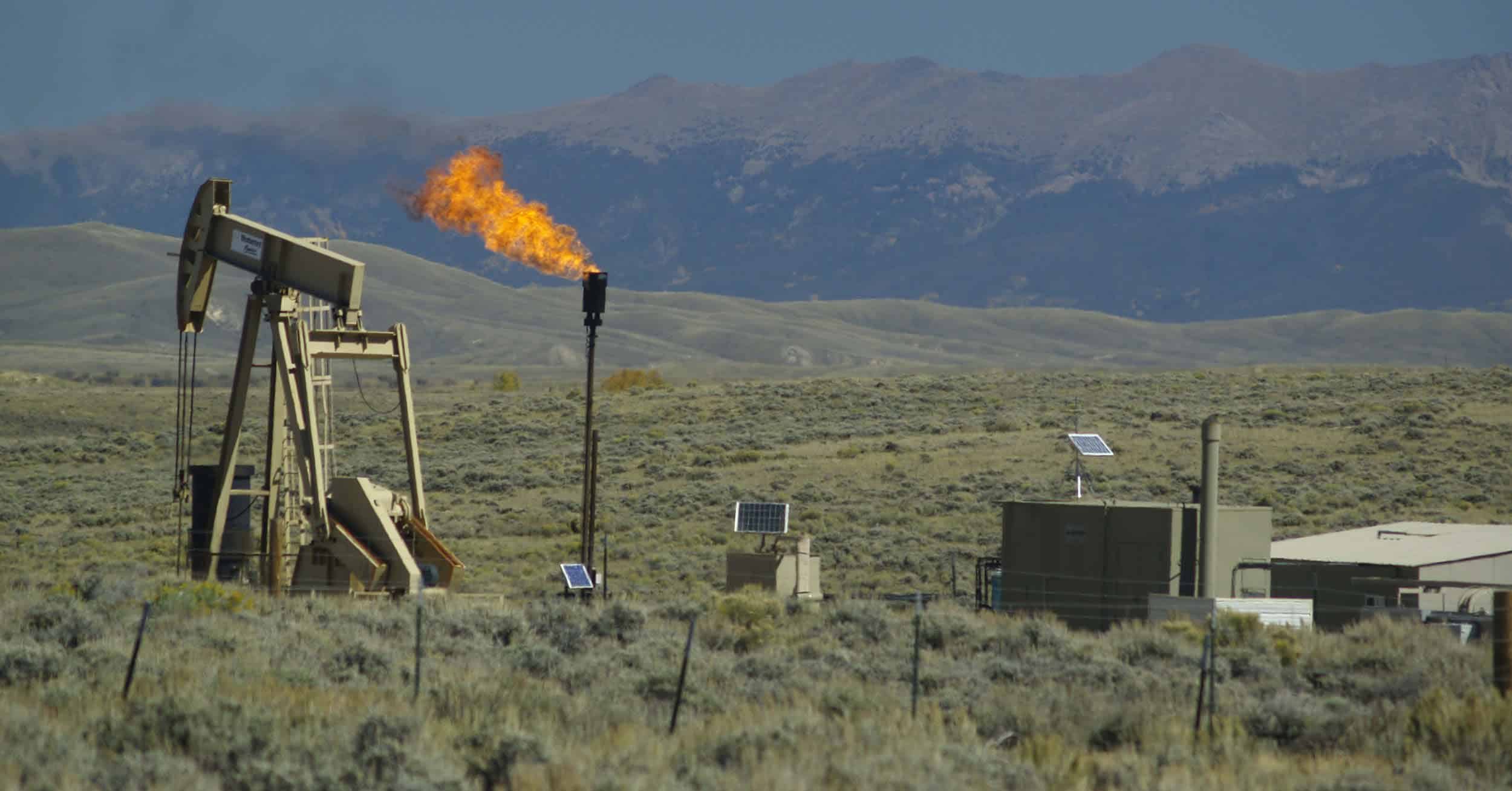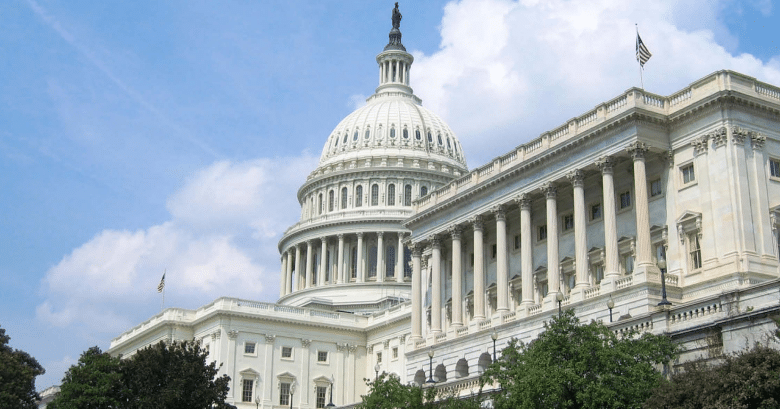Earlier this month, House Ways and Means Committee Democrats released a new version of the Growing Renewable Energy and Efficiency Now (GREEN) Act of 2021. The bill proposes to extend energy tax breaks for everything from electric vehicles and energy efficiency to biodiesel and biomass production. It also grants another extension to the credit for carbon capture and sequestration (CCS) after several in recent years. However, as we’ve said previously, while the GREEN Act aims to spur “green” energy initiatives, it would extend subsidies for mature industries such as bioenergy that do more harm than good to the climate.
Instead of extending narrow, special interest tax breaks in short-term stints, Congress should instead pass broader legislation that will benefit both the climate and taxpayers in the long-term. The National Academies of Sciences projects that if bioenergy tax extenders are repealed – instead of extended, as the bill proposes – greenhouse gas emissions (GHG) would actually decline. While the bill proposes phase-outs of some wasteful subsidies, such as the expensive $3 billion/year biodiesel tax credit, many tax breaks have already been on the books for decades, picking winners and losers, and wasting billions in taxpayer dollars in the process.
Below is a list of energy provisions in the GREEN Act of 2021, beginning with bioenergy and followed by other renewable energy and energy efficiency credits:
Phase-out of the biodiesel tax credit
- The current $1/gallon blender tax credit has become the most expensive energy tax extender at $3 billion/year. It is due to expire at the end of 2022. The bill proposes a phase out, beginning with a $0.75/gallon tax credit in 2023, $0.50/gallon in 2024, $0.33/gallon in 2025, and $0/gallon thereafter. The biodiesel tax credit picks winners and losers, distorts markets by promoting overproduction, subsidizes biodiesel production that would have been economical on its own without taxpayer support, and works at cross-purposes with other federal programs aimed at agricultural conservation and reducing climate risks. More info on biodiesel subsidies here.
Extension of the alternative fuel refueling property credit
- The tax credit – which would be extended from 2022-2026 – enables refueling stations dispensing certain alternative fuels to receive a refueling property credit. Since 2005, the credit has provided a 30 percent tax break for gasoline stations or other facilities installing biodiesel or 85 percent ethanol (E85) blender pumps even though duplicative subsidies for ethanol and biodiesel infrastructure have historically been available through other federal programs, including those at the Dept. of Agriculture. Stations dispensing natural gas and liquefied natural and petroleum gas (LNG and LPG, respectively) are also eligible for the credit. Electric vehicle (EV) charging property would receive an additional credit under the bill, beginning in 2022 (please see below for more details on EVs).
Phase-out of the alternative fuel credit
- The bill would phase out alternative fuel credits, beginning in 2023, which were due to expire at the end of 2021. The current $0.50/gallon credit would be available through 2022 but would phase down to $0.38/gallon in 2023, $0.25/gallon in 2024, $0.17/gallon in 2025, and $0/gallon thereafter. Both the alternative fuel credit and the alternative fuels mixture credit were enacted in the 2005 Highway Bill to provide a tax credit for alternative fuels, which includes high carbon fuels produced from coal, oil shale, biomass, and tar sands. Companies that produce unconventional fuels receive the tax credit, in addition to companies that blend traditional fossil fuels with small amounts of high carbon fuels. A tax credit is specifically provided for “liquefied petroleum gas, P Series Fuels, compressed or liquefied natural gas (including derived from biomass), liquefied hydrogen, liquid fuel derived from coal through the Fischer-Tropsch process, and liquid fuel derived from biomass.” Ineligible fuels include ethanol, biodiesel, or fuel derived from the pulp or paper production process (added to close a former loophole).
Extension of the cellulosic biofuel production tax credit
- The cellulosic producer tax credit of $1.01/gallon would be extended from 2022 to 2027. Cellulosic biofuels are produced from materials like agricultural residues (such as corn stalks), wood chips, perennial grasses, and municipal solid waste. Despite the generous tax credit having been in place since 2008, in addition to various loan guarantees and other federal subsidies, cellulosic biofuel production levels have fallen significantly behind Congressional production targets set forth in the 2007 energy bill. Taxpayer dollars went to companies such as Abengoa, DuPont, Range Fuels, and Poet that later went bankrupt or shuttered production facilities. The tax credit has failed to achieve its goal of spurring the next generation of climate-friendly biofuels produced from non-food crops. According to experts, that is unlikely to change in the future.
Green energy publicly traded partnerships
- Beginning in 2022, the bill would make additional energy industries (solar, wind, geothermal, fuel cells, open-loop biomass, municipal solid waste, combined heat and power, CCS, etc.) eligible to form special publicly traded partnerships for the first time. These are currently available to the oil, gas, mining, timber, fertilizer, biofuels, and other industries. Companies organized as partnerships but traded publicly (i.e., listed on stock exchanges) are generally taxed as corporations. But the tax code makes an exception and treats public partnerships in certain industries as partnerships for tax purposes so they can avoid double taxation. The bill would expand this special tax treatment to partnerships that make their money through renewable electricity generation, storage, and distribution as well as those simply operating certain facilities like CCS. Notably, the special tax treatment would also be expanded to include biofuels producers (including those producing biofuel that reduce greenhouse gas emissions by at least 60% using CCS) whereas previously only companies storing and transporting biofuels were eligible.
Extension of production and investment tax credits (PTC and ITC, respectively) for renewable electricity and energy
- The PTC is available for electricity produced from various renewable resources including open- and closed-loop biomass, landfill gas, trash/municipal solid waste, hydropower, and marine and hydrokinetic renewable energy. The PTC would be extended for electricity produced from 2022 through 2026. In addition, the wind energy credit phase-out would continue through 20 A separate energy credit for solar, thermal energy, fuel cells, microturbines, combined heat and power, and small wind projects would be extended through 2027, and biogas and energy storage would be added as eligible projects if they begin construction before 2028. The bill would also reinstate the 30% solar investment tax credit, and phase it out after 2027. The PTC and ITCs would become refundable credits under the bill, meaning they would be more lucrative to companies.
Extension of credit for carbon oxide sequestration
- The 45Q credit for carbon capture and storage (CCS) would be extended to allow facilities to claim a tax credit if they begin construction before the end of 2026 instead of the end of 2025. The bill would also make it more lucrative as a refundable credit.
Extension of nonbusiness energy property credit, residential energy efficient property credit, energy efficient commercial buildings deduction, and new energy efficient home credit
- The nonbusiness energy efficiency property credit (for windows, furnaces, hot water boilers, etc.) would be extended through 2025 and its limit would be increased from $500 to $1200. The residential energy efficient property credit would be extended but phased out through 2028. Finally, both the energy efficient commercial buildings deduction and the new energy efficient home credit would be increased and the deduction/credit extended.
Plug-in electric drive motor vehicle credit, credit for zero-emission heavy vehicles and zero-emission buses, and qualified fuel cell motor vehicles
- The manufacturer’s cap on the number of electric vehicles eligible for the electric vehicle tax credit would increase from 200,000 to 600,000. The credit would drop from $2500 to $2000 after 200,000 vehicles receive the credit. A new tax credit for used electric vehicles would be added, in addition to a new credit for zero-emission heavy vehicles and zero-emission buses, which would expire in 2026. The credit for qualified fuel cell motor vehicles would also be extended through 2026.


